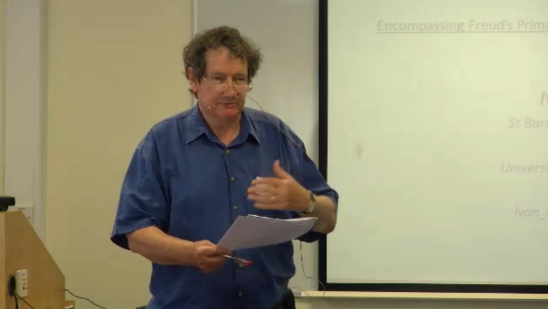On this website you will find a library of my written works. In relation to each I provide (or intend to provide) an introduction explaining what motivated me to write it and how it fits in with the general development of my ideas. All the various writings relate in one way or another to the field of counselling/psychotherapy, mainly to Carl Rogers’ Person-Centred Approach.
I was introduced to Rogers’ approach to therapy by C. H. ‘Pat’ Patterson in 1972, when I completed a Diploma in Counselling at the University of Aston. The course was founded and run by Richard Nelson-Jones, who later became a prolific author of textbooks on ‘counselling and psychotherapy’.
I had come to apply to the Aston course following a period as a teacher of Religious Education at an all-boys independent day school—fortunately my time at the school, which I generally enjoyed, had qualified me for an education grant which covered the cost of the counselling course.
My desire to move on from the school was in part prompted by a desire to realize my academic potential, in part by a desire to be involved in the ‘helping professions’, in part by my not wanting to spend the rest of my working life as a teacher at the school (at the time I left the school, I was aware of several staff members who had spent 40 years teaching there—it was a comfortable life).
Having completed the diploma at Aston, aided by Pat who had been trained as a counsellor by Rogers himself, I was accepted as a non-degree student at the University of Illinois in Urbana-Champaign, where Pat was a Professor of Counseling Psychology. Some six months later, aided further by Pat and following a few weeks picking apples in the university apple orchards, I was able to transfer to a degree course and, most importantly, acquire a university assistantship to cover my fees and living expenses. Those six months were also a period in which I took a course on ‘Integrity Groups’. These groups were the brain-child of Professor O. Hobart Mowrer, who was one of the two lecturers on the course. In his day Hobart had been one of the most prominent psychologists in the US, until he chose to demonstrate his integrity by publicly confessing his childhood ‘sins’ in presentations at psychology conferences.
Once on the counseling psychology degree programme, I proceeded to take the additional courses and exams required to complete a PhD in counseling psychology—inclusive of embarking on a research project that involved comparing different approaches to counselling supervision. In March 1978, however, I abandoned this project following a powerful experience of creative insight.
How such an experience came about was due to my having become fascinated by the ideas of philosopher of art, Susanne Langer—fascinated almost to the point of obsession during a bleak New Year break, bleak both psychologically and weather wise. At a certain point, the multi-level diagram I had drawn took on tremendous significance and as I continued to attempt to fathom Langer’s ideas I began to have a number of weird experiences, experiences which appeared to be taking me back in evolutionary time but which also, I realized, were comparable with those experienced by individuals diagnosed with so-called ‘schizophrenia’. Friends’ concern for my wellbeing led me to follow their advice and sign myself into the local hospital, where I spent five interesting days on the psychiatric ward.
Following release from hospital and ceasing to take the prescribed major tranquilizers, I came to the decision to engage in in-depth exploration of the meaning of my intellectual insight and, thereby, write a doctoral dissertation based upon it.
My abandoning my former research dissertation for the new one didn’t go down too well with one psychology professor, but with the support of Dr Michael Piechowski, who had introduced me to Langer, and the help of Professor Helen Farmer, my new doctoral supervisor, I was able to follow through on my further study of Langer’s work, eventually writing a dissertation with the following grandiose title: ‘Towards a science of mind: Schizophrenia, mysticism, artistic creativity, scientific discovery, psychedelic experience and extrasensory perception as functions of a symbol-organismic scheme of human mental functioning’, a work which includes as an appendix an ‘expert-by-experience’ account of my weird quasi-psychotic experiences, an appendix I titled ‘On becoming a schizophrenic’.
Having completed my dissertation and gained my PhD, I returned to the UK in 1984, bent both on further exploration of the ideas to which Langer had led me and on making people aware that psychiatry is a bogus medical profession—both issues for me of prime importance for the field of counselling/psychotherapy.
I am still engaged on this conjoint project: more firmly convinced than ever of the importance of Langer’s ideas. For what Langer, as a native German speaker, has achieved is an integration of the philosophy of organism of her doctoral advisor, Alfred North Whitehead, with the insights of pre-WWII Ganzheit and Gestalt psychologists, an integration on which I believe a bona fide scientific understanding of ‘madness’ can be based. Understanding of such a kind is both something modern psychiatrists will always lack and something modern psychologists currently lack.
